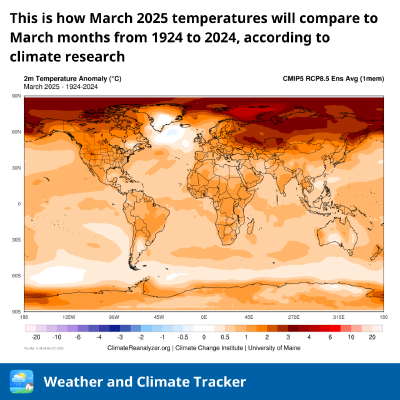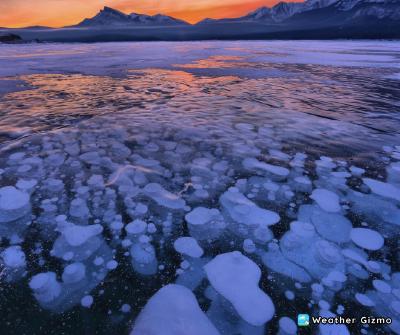
Patchy Freezing Drizzle
Patchy freezing drizzle is like a whimsical artist’s touch on a winter canvas. It’s not the typical rain or snow, but a light drizzle that freezes upon contact, turning everything it touches into a glistening wonderland. With temperatures hovering just below freezing, often between -5 to 0°C (23 to 32°F), this drizzle creates a delicate layer of ice on roads, trees, and buildings.
Read more...






